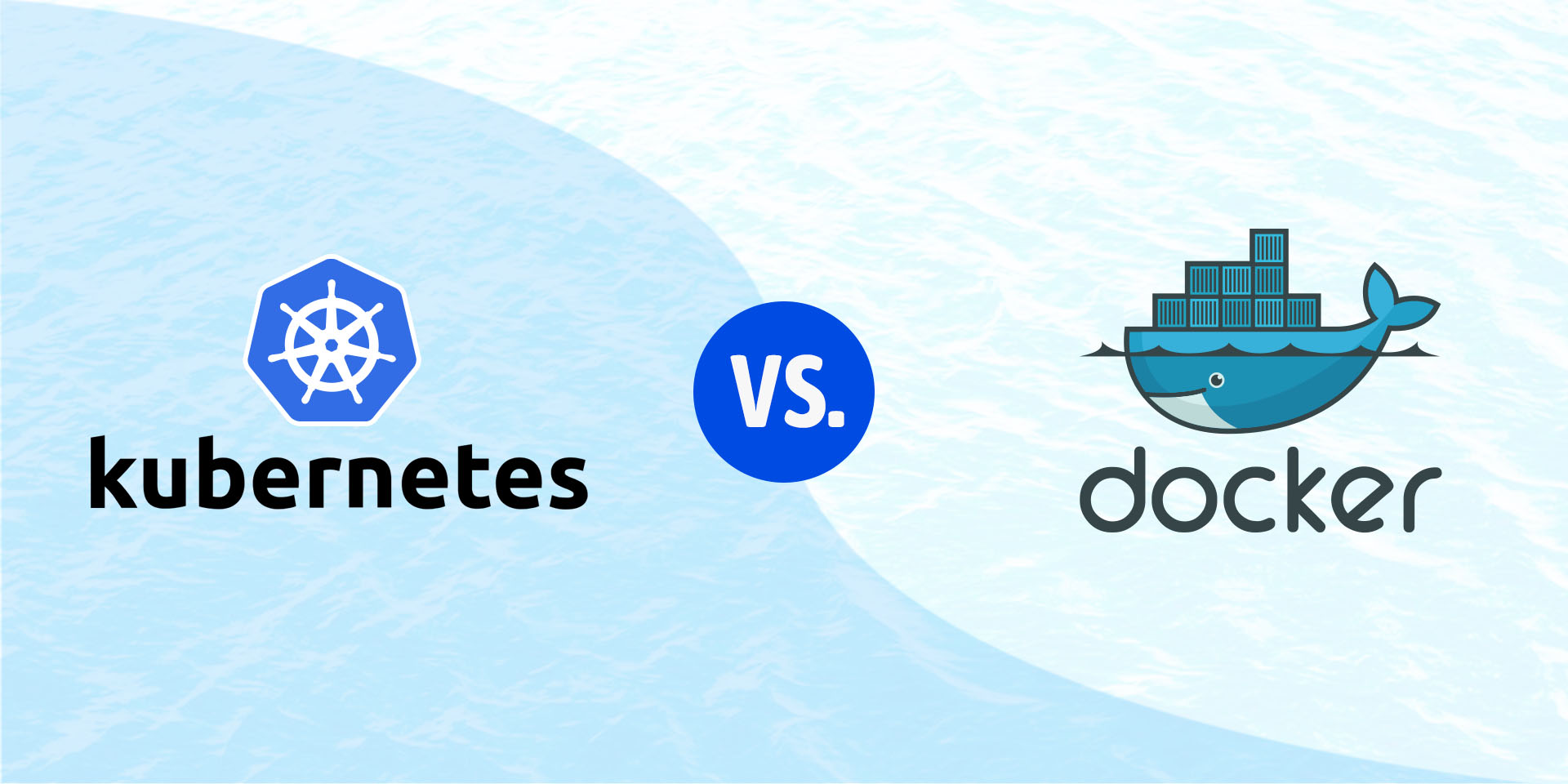
Usage of software container managers has skyrocketed in recent years not only in the IT sector, but in a variety of different industries that have decided to digitize their business processes and opt for cloud servers to optimize their document management processes.
The two cloud-ready application managers that have gained the most popularity in the industry by far have been Docker and Kubernetes technologies. Although both share functionality such as compiling, delivering and scaling containerized applications, they are two distinct technologies and have a number of differences.
Docker Technology and its Main Characteristics
One of the common mechanisms for running software on any server through software containers is Docker. The technology’s rapid evolution and ease of use has allowed this sector-specifictool to become a available to any user, regardless of their technical or computing knowledge.
Docker, a container file type, can be defined as an open-source technology, enabling companies to automate their applications’ deployment as portable containers. These Docker containers are characterized by being self-sufficient, being able to be executed both in the cloud and in local environments. The main functions that Docker performs are the creation, execution and scaling of developers’ own applications, all done quickly.
While the idea of isolating environments already existed and other programs responsible for creating containers were already in use in the IT world, Docker has managed to be the number one container format in recent years. However, applications keep growingin complexity, so they need more containers deployed on multiple servers to perform more complex management. This is where Kubernetes comes in, the mechanism capable of coordinating, scheduling and communicating certain containers.
Kubernetes, Main Characteristics and Advantages Over Docker
Often, there comes a time when the number of applications deployed within a system is rapidly increasing, which complicates the management and coordination of containers. In this case, Docker is not enough, since, to manage the different services that make up the architecture of the system, you need a technology with a greater number of functionalities.
Thanks to Kubernetes, this problem is solved. Kubernetes is an open-source orchestration software that allows you to control both the way and the environment in which containers run through an API.With this technology, Docker can get rid of large workloads, becoming part of Kubernetes. In this way, Kubernetes can run new containers and provide a solution to the complexities that arise when having to scale a high number of containers deployed on different servers.
With Kubernetes, developers and technicians can organize a set of virtualmachines, programming containers to be put into operation on these machines that depend on the available computer resources and the resource requirements of each container.
The most remarkable aspect of Kubernetes is its ability to be used anywhere. In this way, it allows deployments to be executed in the localenvironment or in public clouds,as well as to mix these two forms of deployment for a hybrid type.
In short, it is preferable to use Docker and Kubernetes together. While Docker allows you to create, run, and distribute containerized applications, as well as store and share images of each container, Kubernetes provides the user with the ability to make their applications more scalable,running a greater number of containers.
